¿La energía limpia de los parques eólicos tiene costes ocultos? Analizamos las principales preocupaciones de ciudadanos y ecologistas sobre los parques eólicos. Comparten serias razones de su creciente resistencia a estos proyectos de energía verde.
A pesar del fuerte apoyo mundial a la energía eólica, los ecologistas y la población local la rechazan. Esta resistencia arroja luz sobre las repercusiones medioambientales, económicas y sociales, a menudo ignoradas.
Los aerogeneradores son alabados por sus bajas emisiones de carbono. Sólo emiten entre 0,02 y 0,04 libras de CO2 equivalentes por kilovatio-hora. Pero son objeto de escrutinio por otros problemas medioambientales y sociales. En cambio, el gas natural y el carbón emiten mucho más CO2de 0,6 a 3,6 libras por kilovatio-hora.
Las investigaciones indican que las turbinas eólicas podrían causar muchas muertes de animales salvajes cada año, especialmente de murciélagos y aves durante su migración. Estas cuestiones nos llevan a preguntarnos por nuestro deber ético de proteger la vida al tiempo que combatimos cambio climático. Exploraremos la compleja oposición a la energía eólica, destacando las voces críticas y las pruebas.
Conclusiones Clave
- Los parques eólicos, aunque respetuosos con el medio ambiente, se enfrentan a una fuerte oposición de ecologistas y comunidades locales.
- El impacto ambiental de los aerogeneradores va más allá de las emisiones de carbono e incluye la muerte de animales salvajes y la alteración de su hábitat.
- Las comunidades locales expresan su preocupación por la contaminación acústica y visual, que puede afectar negativamente a la salud humana y al valor de las propiedades.
- Los conflictos relacionados con la conservación plantean dilemas éticos, sobre todo si afectan a especies amenazadas como murciélagos y aves.
- Los argumentos contra los parques eólicos son profundamente políticos y están influidos por estructuras de poder desiguales.
Introducción: Ventajas de los parques eólicos
Los parques eólicos han traído muchos cambios positivos. Son buenos para la economía y el medio ambiente. Su impacto es significativo en el actual impulso de las energías renovables.
Los parques eólicos generan energía limpia y renovable en todo EE.UU. Proporcionaron más de 10% de la energía nacional en 2022. Esto favorece la independencia energética y reduce el uso de combustibles fósiles. También reduce 336 millones de toneladas métricas de emisiones de dióxido de carbono cada año. Por tanto, supone una gran diferencia en la lucha contra el cambio climático.
| Estadísticas de la energía eólica | Datos |
|---|---|
| Empleo en la industria eólica | Cerca de 150.000 personas |
| Contribución energética | 10% de energía total neta |
| Valor económico | $20.000 millones en inversiones (2022) |
| Emisiones anuales de CO2 evitadas | 336 millones de toneladas métricas |
| Pagos de impuestos estatales y locales | $2 mil millones anuales |
Los parques eólicos también ofrecen grandes beneficios económicos. Los nuevos proyectos aportaron $20.000 millones a la economía estadounidense en 2022. Crean alrededor de $2 mil millones en pagos de impuestos cada año, ayudando a las comunidades locales. Este dinero ayuda a las escuelas y a los proyectos de infraestructuras.
Los parques eólicos crean muchos puestos de trabajo, casi 150.000 en todo EE.UU. Se espera que para 2050 haya más empleos. Entre ellos se incluyen funciones de mantenimiento, construcción y explotación. Esto ofrece diversas oportunidades laborales en varios sectores.
La energía eólica también es rentable. Los aerogeneradores terrestres ofrecen energía a muy bajo coste. Son más baratas que el gas, la energía geotérmica, el carbón o las fuentes nucleares. Esto mantiene bajos los precios de la energía para los consumidores.
Moreover, wind farms support community development. They contribute through land-lease payments and taxes. This improves local infrastructure, schools, and public services. This shows the wide-ranging benefits of wind farms.
En general, los parques eólicos son clave para la energía sostenible. Ofrecen beneficios de energía renovable y apoyan el desarrollo económico y comunitario. Desempeñan un papel crucial en nuestra transición hacia fuentes de energía sostenibles.
Preocupación medioambiental por los aerogeneradores
Mucha gente piensa que la energía eólica es una opción limpia y sostenible en comparación con los combustibles fósiles. Es cierto que los aerogeneradores generan electricidad con menos gases de efecto invernadero. Pero hay problemas medioambientales con las turbinas eólicas que no debemos ignorar.
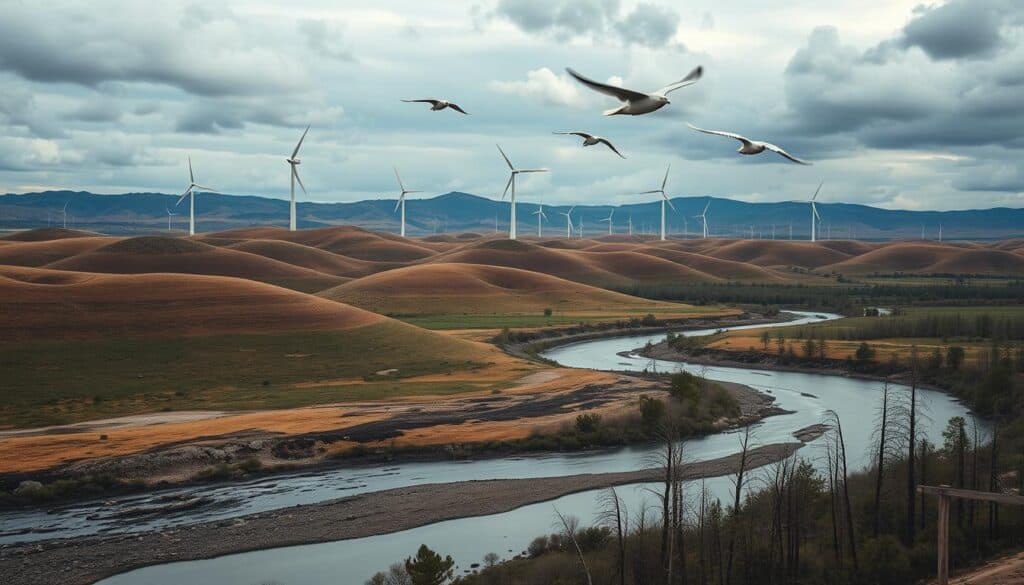
Impacto en la calidad del aire
Los aerogeneradores producen algunas emisiones a lo largo de su vida útil. Esto ocurre durante la producción, el transporte y el mantenimiento. La mayoría de las emisiones proceden de la fabricación de acero, hormigón y otros materiales para las turbinas. Sin embargo, en comparación con los combustibles fósiles, el efecto de los aerogeneradores sobre el calentamiento global es mucho menor.
Contaminación durante la producción y el mantenimiento
Uno de los problemas es la contaminación derivada de la fabricación de imanes para turbinas con neodimio, un elemento de tierras raras. El proceso de obtención y refinado de estos materiales genera contaminación. Además, reciclar las viejas palas de turbina es difícil porque suelen contener fibra de vidrio, difícil de reciclar.
La necesidad de litio y otros tierras raras para turbinas. Esto conlleva más retos medioambientales para las turbinas eólicas. Es importante abordar estos problemas para reducir el impacto ambiental de la energía eólica.
| Aspecto | Impacto ambiental |
|---|---|
| Emisiones de gases de efecto invernadero | Mínimo en comparación con los combustibles fósiles |
| Producción de material | Emisiones de la producción de acero, hormigón, etc. |
| Elemento de tierras raras Utilice | Problemas de contaminación en la extracción y transformación |
| Reciclaje | Dificultades debidas a la fibra de vidrio en las palas |
Impacto de los parques eólicos en la fauna
The negative impact of wind farms on wildlife has become a top environmental worry. These facilities can lead to the death of birds and bats. While modern wind farms generally report low raptor deaths, California and Wyoming see higher numbers.
Turbines cause bat deaths at every wind facility, showing the big problem of wind turbine wildlife disruption. Most birds that die are songbirds. Raptors’ deaths can go up if there are more raptors near the turbines.
Las muertes de murciélagos son más frecuentes a finales de verano y principios de otoño, durante la migración. Tres tipos de murciélagos migratorios corren especial peligro. Además, las aves que anidan en el suelo, como los pollos de las praderas, pueden abandonar las zonas con turbinas, lo que perjudica su reproducción.
There are efforts to lessen the negative impact of wind farms on wildlife. Guidelines and materials for land-based wind projects are in place. A 2020 study noted small impacts on prairie grouse, similar to other human structures. Wind turbines account for less than 0.01% of all bird deaths from human actions in the U.S. They affect a tiny part of the songbird population.
To fight wind turbine wildlife disruption, curtailment strategies have been made. These can cut bat deaths by half on average. The American Clean Power Association’s best practice might lower bat deaths by 30% without big energy losses. “Smart curtailment,” using temperature and bat activity, is also being looked into.
Se prueban sonidos de alta frecuencia para alejar a los murciélagos de las turbinas. Los sistemas colocados en las turbinas han reducido a la mitad la muerte de murciélagos. También hay modelos para evitar accidentes de águilas conociendo sus trayectorias de vuelo.
Las nuevas tecnologías de vigilancia, como el radar y las cámaras térmicas, ayudan a seguir a los animales en los emplazamientos eólicos. Los operadores comprueban el impacto sobre la fauna durante un año tras la puesta en marcha. La herramienta GenEst del Servicio Geológico de EE.UU. proporciona estimaciones clave sobre la mortalidad de aves y murciélagos. Los operadores también tienen en cuenta el medio ambiente a la hora de modernizar o cerrar las turbinas, mostrando un plan completo para reducir los daños a la fauna de los parques eólicos.
Impacto acústico y visual de los aerogeneradores
Los aerogeneradores son clave para la energía verde, pero se enfrentan a problemas de contaminación acústica y de aspecto. Estos problemas afectan a nuestra salud y a la belleza del paisaje.
Contaminación acústica y salud humana
 The noise from wind turbines comes mainly from the blades...
The noise from wind turbines comes mainly from the blades...
Ha leído 36% del artículo. El resto es para nuestra comunidad. ¿Ya es miembro? Conectarse
(y también para proteger nuestro contenido original de los robots de scraping)
Comunidad.mundial.de.la.innovación
Iniciar sesión o registrarse (100% gratis)
Vea el resto de este artículo y todos los contenidos y herramientas exclusivos para miembros.
Sólo verdaderos ingenieros, fabricantes, diseñadores, profesionales del marketing.
Ni bot, ni hater, ni spammer.
Preguntas frecuentes
¿Cuáles son las principales preocupaciones de la población y los ecologistas contra los parques eólicos?
La gente y los ecologistas se preocupan por varias cosas. Entre ellas están los daños a la fauna, los cambios en los hábitats y los daños a la tierra. Otras son la caída del valor de la propiedad y el uso de mucho terreno para parques eólicos. Además, hay problemas como el ruido, su aspecto y que la gente no los quiera.
¿Cómo afectan los parques eólicos a las comunidades locales?
Los parques eólicos cambian el uso del suelo. Pueden reducir el valor de la propiedad y dañar las zonas naturales. Esto hace que algunas personas se opongan a ellos.
Las turbinas pueden cambiar el aspecto de los lugares. Esto disgusta a algunas comunidades. Creen que estropea la vista.
El ruido de las turbinas puede causar problemas de salud. La gente puede tener problemas para dormir, dolores de cabeza y estrés.
¿En qué difiere la oposición al desarrollo de la energía eólica en Estados Unidos y Alemania?
En Estados Unidos, la gente se centra en las preocupaciones locales y en dañar la naturaleza. En Alemania, piensan más en las políticas energéticas y en conservar los paisajes. En ambos lugares se observan diferentes niveles de resistencia.
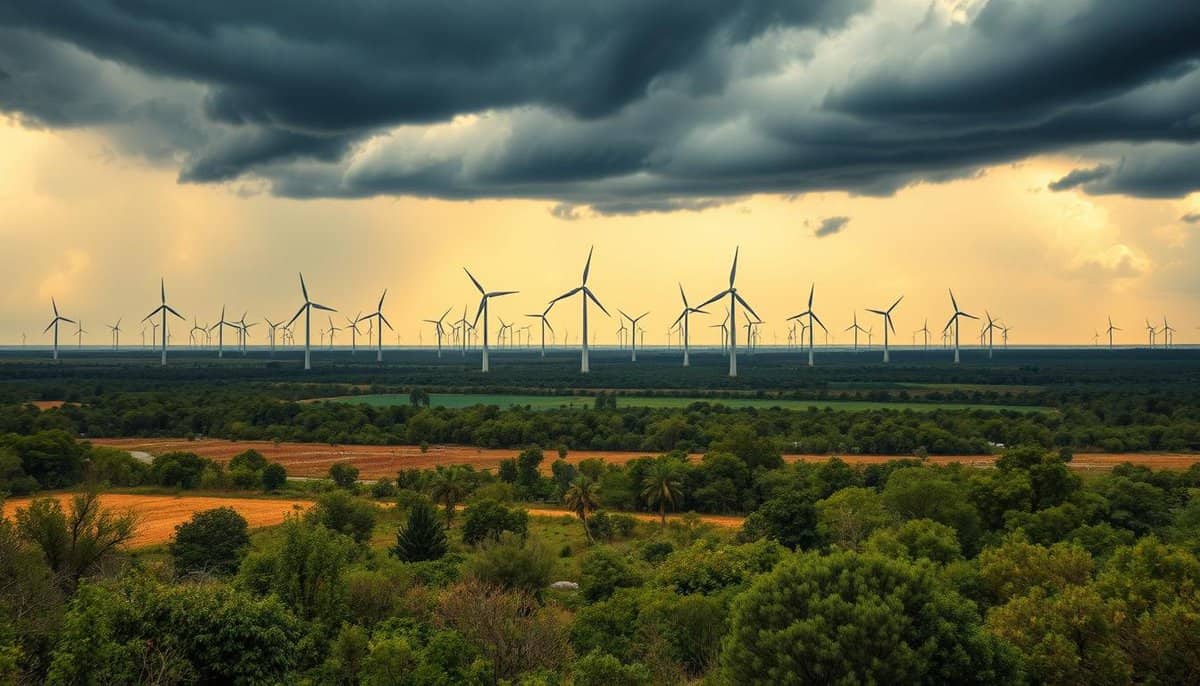



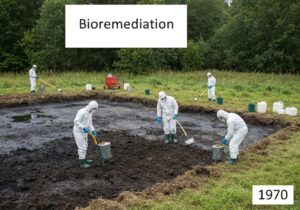







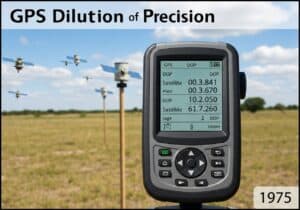
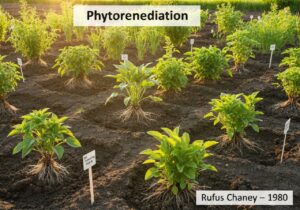












Equilibrio entre la protección de la fauna y el desarrollo de energías renovables
Involucrar a las comunidades con debates transparentes y modelos de reparto de beneficios podría fomentar un mayor apoyo a estos proyectos.
Innovaciones como el diseño de turbinas respetuosas con las aves y estrategias de uso del suelo más eficientes podrían ayudar a equilibrar el desarrollo de las energías renovables con las necesidades medioambientales y comunitarias.
ironic that efforts to save the environment (wind farms) are met with environmental concerns